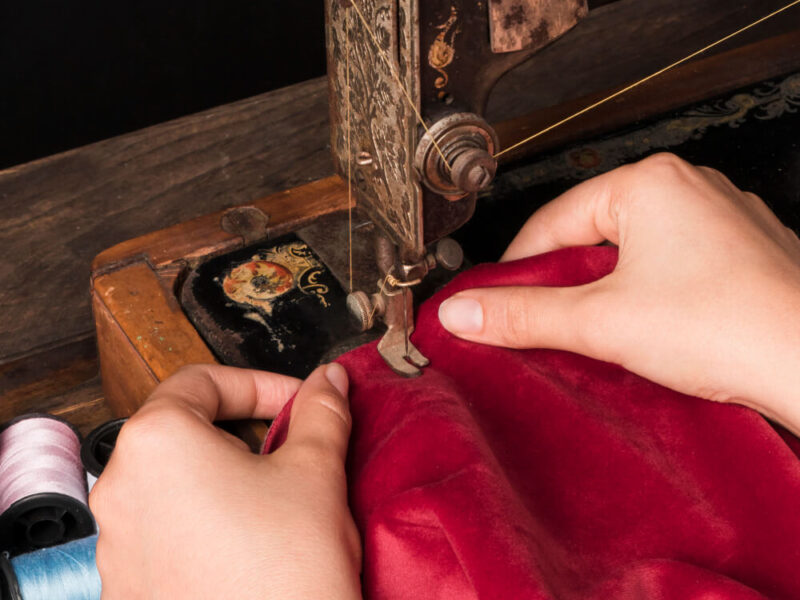Kala Pani- Unveiling the Dark History of Andaman and Nicobar Islands
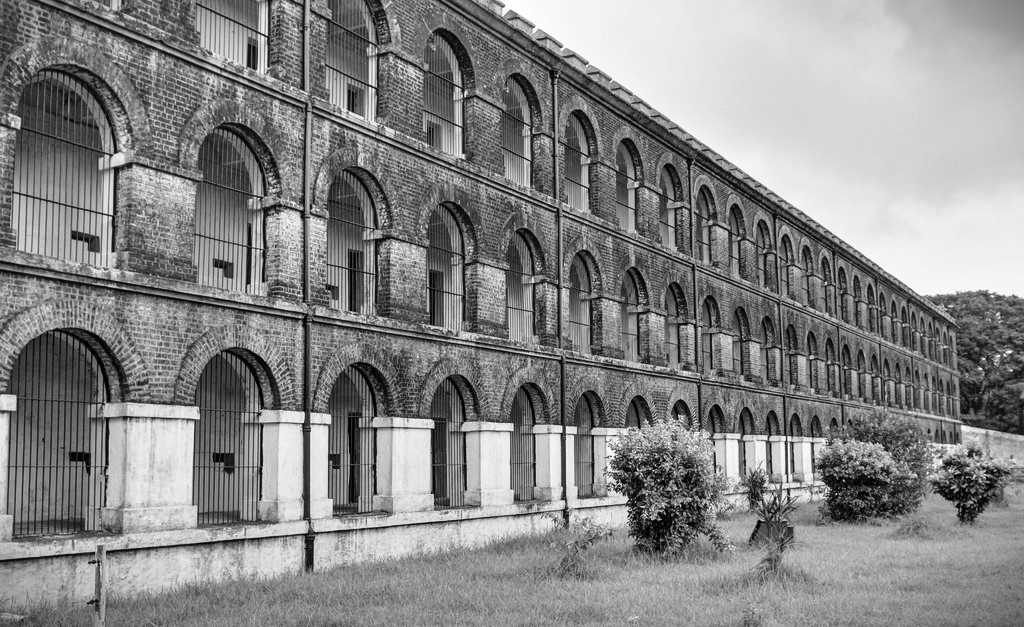
In the contemporary era, web series have emerged as purveyors of exceptional scripts and captivating content, transcending genres from spine-tingling thrillers to enigmatic suspense narratives. A recent addition to this captivating realm is the web series “Kala Pani,” which made its debut on the Netflix platform, delving into the mysteries of the Andaman and Nicobar Islands.
This enthralling series boasts a star-studded ensemble, with remarkable performances from the likes of Chinmay Mandlekar, Amey Wagh, Mona Singh, Ashutosh Gowariker, Sukant Goel, Arushi Sharma, Radhika Mehrotra, Vikas Kumar, and Poornima Indrajith. The amalgamation of these exceptional talents contributes to a captivating and riveting viewing experience that has left viewers buzzing with excitement and anticipation.
Now, let’s embark on an informative journey to uncover the intricacies and mysteries surrounding the actual “Kala Pani.”
The Andaman and Nicobar Islands, an archipelago of 572 islands in the Indian Ocean, are known for their pristine beaches, lush forests, and unique biodiversity. However, beneath the serene exterior lies a dark and haunting history. These islands were once infamous as “Kala Pani”, a name associated with brutal British colonial rule and the desolate Cellular Jail. In this blog, we will delve into the reasons behind the nickname, explore the historical context, and understand the horrors that unfolded in the remote confines of the Andaman Islands.
The Origin of the Name

“Kala Pani (काला पानी)” is a Hindi term that translates to “Black Water” in English. The name signifies the fear and dread associated with the Andaman and Nicobar Islands during the British colonial era. The dark and foreboding waters surrounding these islands came to symbolize the brutal incarceration and inhumane treatment of Indian freedom fighters and prisoners by the British.
Historical Context: The Making of Kala Pani
The historical context behind the creation of Kala Pani as a penal colony in the Andaman and Nicobar Islands is a complex narrative that involves political, social, and economic factors. Here, we will explore the key elements that contributed to the British decision to use the Andaman Islands for the incarceration of prisoners:
First War of Independence (1857-1858): The First War of Independence, also known as the Sepoy Mutiny, was a significant turning point in the British decision to establish Kala Pani. It was a widespread rebellion against British rule in India, and many Indian soldiers (sepoys) and civilians who participated in the uprising were sentenced to penal servitude in the Andaman Islands. This was seen as a way to deter future insurrections and instil fear among the Indian population.

Overcrowded Prisons on the Indian Mainland: The British colonial authorities faced the problem of overcrowded prisons on the Indian mainland, especially after the 1857 uprising. There was a need for a remote and secure location to house political prisoners, convicts, and those serving life sentences. The Andaman Islands, isolated and inaccessible, offered an attractive solution to this problem.
Economic Exploitation: The Andaman and Nicobar Islands were seen as a resource-rich region by the British. They sought to exploit the natural resources and timber from the islands for various purposes, including shipbuilding and construction. By using prisoners as forced labour in the treacherous environment of the Andaman jungles, the British could economically benefit from the penal colony.
Isolation and Deterrence: The isolation of the Andaman Islands was a major factor in their selection as a penal colony. The remoteness of the islands and the treacherous waters surrounding them made escape almost impossible. This isolation served as a powerful deterrent to any thoughts of rebellion or escape among the prisoners.
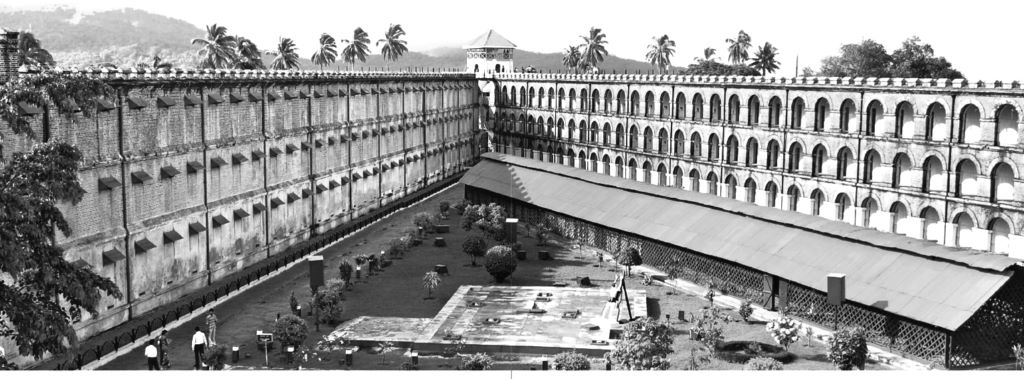
Establishment of Cellular Jail: In 1896, the construction of the Cellular Jail in Port Blair began, marking a significant development in the history of Kala Pani. The jail was designed with individual cells radiating from a central watchtower, ensuring complete isolation and limited communication between prisoners. The harsh conditions in the Cellular Jail amplified the suffering of inmates.
Transportation and Exile: The practice of transporting prisoners to the Andaman Islands continued through the late 19th and early 20th centuries. Many freedom fighters and political prisoners were exiled to these islands as part of the British government’s effort to suppress dissent.
The Horrors of Kala Pani: A Closer Look
The use of the Andaman and Nicobar Islands as a penal colony during the British colonial era was marked by unimaginable horrors. Let’s delve deeper into the harrowing experiences endured by the prisoners sent to Kala Pani:
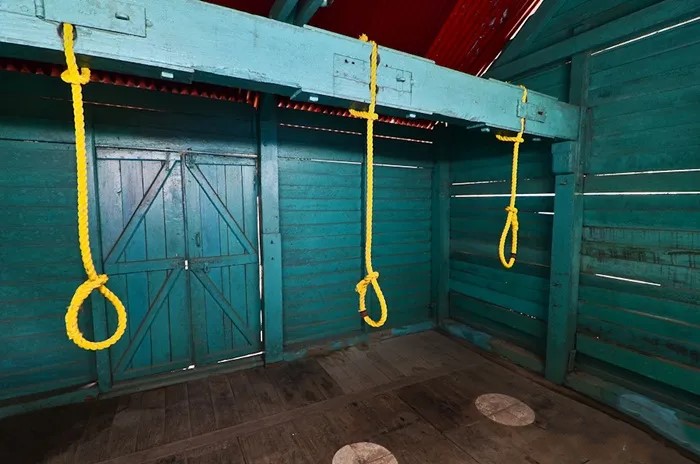
1. Forced Labour and Hardships: Inmates in the Andaman penal colony were subjected to relentlessly forced labour. They were made to clear dense forests, construct buildings, and build infrastructure on the islands. This labour was often carried out under brutal conditions, including extreme weather and a lack of proper clothing. The physical demands placed on the prisoners were punishing, leading to exhaustion and physical deterioration.
2. Inhumane Treatment: The inhumane treatment of prisoners was a hallmark of Kala Pani. Brutal corporal punishment, including floggings and beatings, was a common practice. The lashings were often administered for minor infractions, and the harshness of the punishments was meant to instil fear and obedience among the inmates. The psychological trauma of living under constant threat and violence had a lasting impact on prisoners.



3. Solitary Confinement: The Cellular Jail, with its individual cells designed to isolate inmates, was a symbol of the dehumanizing conditions in Kala Pani. Prisoners were kept in solitary confinement, with minimal social interaction. They had to endure long periods of isolation, leading to mental anguish and psychological distress.
4. Lack of Basic Amenities: Basic amenities such as food, clothing, and medical care were often inadequate and substandard. Prisoners were given meagre rations that barely sustained them. Malnutrition and diseases were rampant, leading to high mortality rates. The lack of proper medical care meant that even treatable illnesses often turned fatal.
5. Emotional Isolation: In addition to physical hardships, emotional isolation was a significant aspect of the horrors of Kala Pani. Prisoners were forcibly separated from their families and loved ones. Many of them were transported far away from their homes, making it impossible for their families to visit. The emotional toll of enduring such isolation and being disconnected from one’s roots was immense.

6. Execution of Capital Punishment: The Andaman Islands were also used for the execution of capital punishment. Gallows were set up in various parts of the islands, and executions were often carried out in public. These gruesome events were intended to serve as a deterrent to those who might consider defying British rule.
7. Political Prisoners and Freedom Fighters: Kala Pani held numerous political prisoners and freedom fighters who had participated in India’s struggle for independence. Their unwavering commitment to the cause and their endurance of extreme suffering made them symbols of resistance against colonial oppression.
The Legacy of Kala Pani: Resilience and Redemption
1. The legacy of Kala Pani, although marked by unimaginable suffering and cruelty, has also left a profound impact on the historical consciousness of India. The following points delve into the legacy of Kala Pani and how it has shaped the nation’s history and collective memory:
2. Symbol of Struggle for Independence: The Andaman and Nicobar Islands, particularly the Cellular Jail, serve as a poignant symbol of the struggle for India’s independence. Many renowned freedom fighters, including Veer Savarkar, Batukeshwar Dutt, and Fazl-e-Haq Khairabadi, were incarcerated in Kala Pani. Their resilience and commitment to the cause of freedom in the face of extreme adversity continue to inspire generations of Indians.



3. Redemption and Sacrifice: Kala Pani is a testament to the sacrifice and determination of those who suffered under British colonial rule. Their endurance and resistance played a pivotal role in the eventual success of India’s struggle for independence. Their stories have been passed down through generations, serving as a reminder of the immense sacrifices made for the nation.
4. Transformation of the Andaman Islands: The Andaman and Nicobar Islands have undergone a transformation since India gained independence in 1947. The end of the penal colony era and the declaration of the Cellular Jail as a national monument marked a shift in the islands’ identity. They are now known for their natural beauty and biodiversity and as a popular tourist destination.
5. Preservation of Historical Sites: The Cellular Jail, with its solemn wings and the iconic watchtower, has been preserved as a museum and memorial. Visitors can explore its corridors, view exhibits, and pay homage to the freedom fighters who endured unimaginable hardships within its walls. This preservation is essential in keeping the memory of Kala Pani alive.
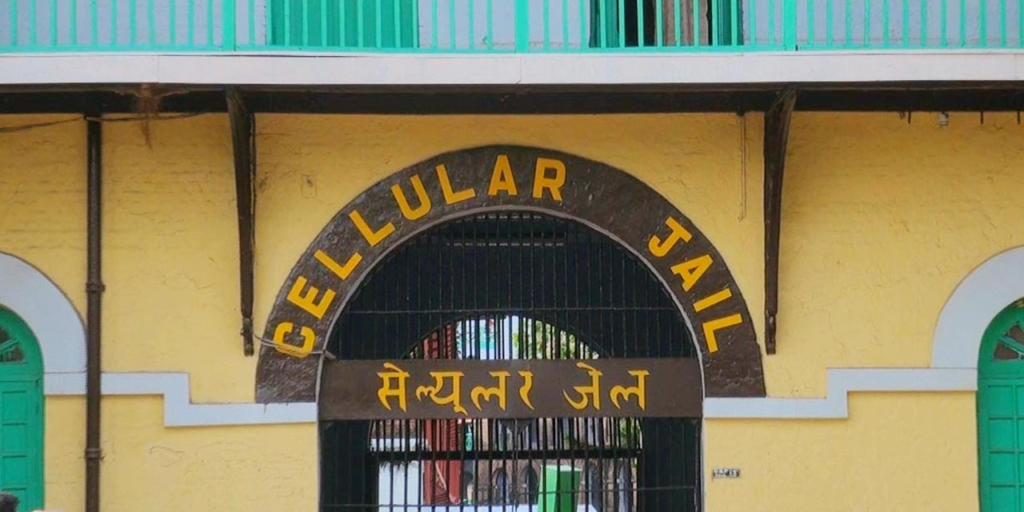
6. Commemorative Events and Remembrances: India annually observes days like “Shaheed Diwas” (Martyrs’ Day) and “Veer Savarkar Jayanti” to remember the sacrifices of those imprisoned in Kala Pani. These occasions provide an opportunity to reflect on the courage and resilience of the individuals who withstood the horrors of the penal colony.
7. Awareness and Education: The legacy of Kala Pani is an integral part of Indian education and awareness campaigns. The stories of the freedom fighters who suffered in the Andaman Islands are incorporated into history textbooks and public discourse. This ensures that the younger generation remains aware of the sacrifices made during the struggle for independence.
8. Advocacy for Human Rights: The history of Kala Pani also serves as a reminder of the importance of human rights and the need to protect individuals from torture and inhumane treatment. The suffering endured by prisoners in the Andaman Islands underscores the significance of upholding these rights in contemporary society.
The story of Kala Pani, the Andaman and Nicobar Islands’ dark history, is a stark reminder of the horrors of colonial oppression and the incredible resilience of those who sought to break free from its clutches. These islands, once synonymous with suffering and brutality, now bear the legacy of sacrifice and redemption. The prisoners who endured the inhumane conditions of Kala Pani became the unsung heroes of India’s struggle for independence, and their stories have become an indelible part of the nation’s narrative.
The transformation of the Andaman Islands from a symbol of suffering into a vibrant testament to natural beauty and biodiversity showcases the power of resilience and the potential for healing and renewal. Today, the memory of Kala Pani serves as a reminder of the importance of justice, human rights, and the enduring spirit of those who defied tyranny. It is a testament to the fact that even in the darkest of times, the human spirit can prevail, and the pursuit of freedom and justice remains a beacon of hope and inspiration for generations to come.
Write with us✍?
TeamUgtWorld warmly welcomes everyone! If you have something on your mind that you’d like to write about, we invite you to publish your content on our platform @Ugtworld. To learn more, please click on the link provided below.

